The original Nissan Leaf pioneered mainstream electric motoring back in 2010. Now the third‑generation model, confirmed for Australia in 2026, aims squarely at petrol‑SUV buyers with a taller stance, choice of two liquid-cooled lithium-ion batteries and fast-charging hardware too. The 2026 Nissan Leaf brings not only an SUV silhouette but also a wholesale switch to CCS charging, a fresh CMF‑EV platform and cabin tech lifted from the larger Ariya.
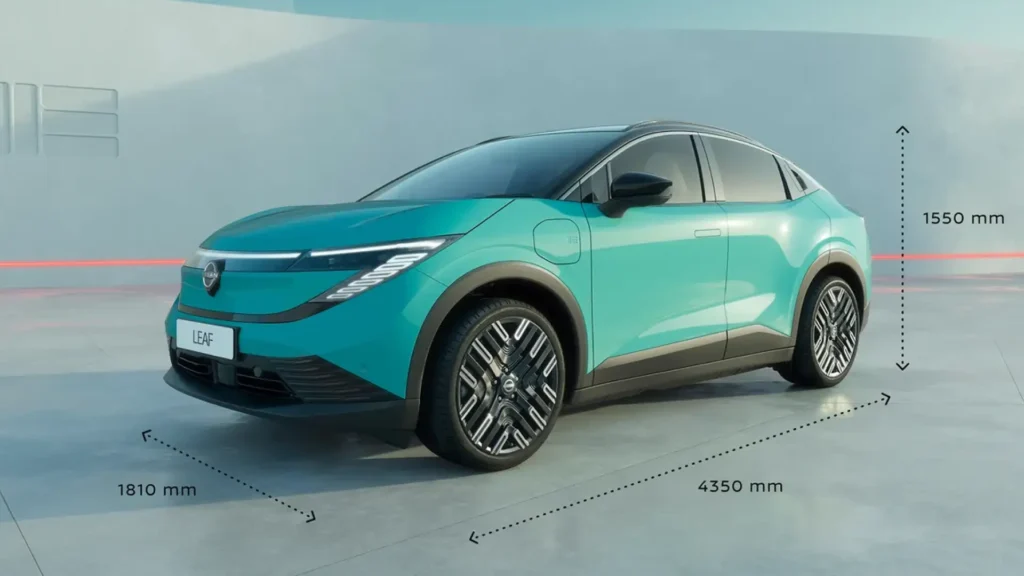
Battery options and performance
| Specification | Long‑range | Standard‑range |
| Battery capacity | 75 kWh | 52 kWh |
| WLTP range | 604 km | 436 km |
| Motor output | 160 kW/ 355Nm | 130 kW/ 345Nm |
| 0‑100 km/h (claimed) | 7.4 s | 8.0 s (est.) |
| DC fast charge | 150 kW (417 km in 30 min) | 105 kW |
| Drive | Front‑wheel drive | Front‑wheel drive |
The all-new Nissan Leaf battery packs feature an integrated thermal‑management system that shuffles heat between cabin and cells, with a standard heat‑pump on the 75 kWh model. The outgoing Leaf EV maxed out at a 59kWh battery pack, 100kW fast charging and 385km WLTP range.
Updated charging capabilities
With the all-new Leaf, Nissan made the crucial decision to limit the CHAdeMO technology for Japanese units only and switch to CSS for the global markets. In fact, buyers in the USA and Canada will also get the benefit of the new Nissan Leaf being compatible with the North American Charging Standard (NACS) which allows them to access the Tesla Supercharger network as well.
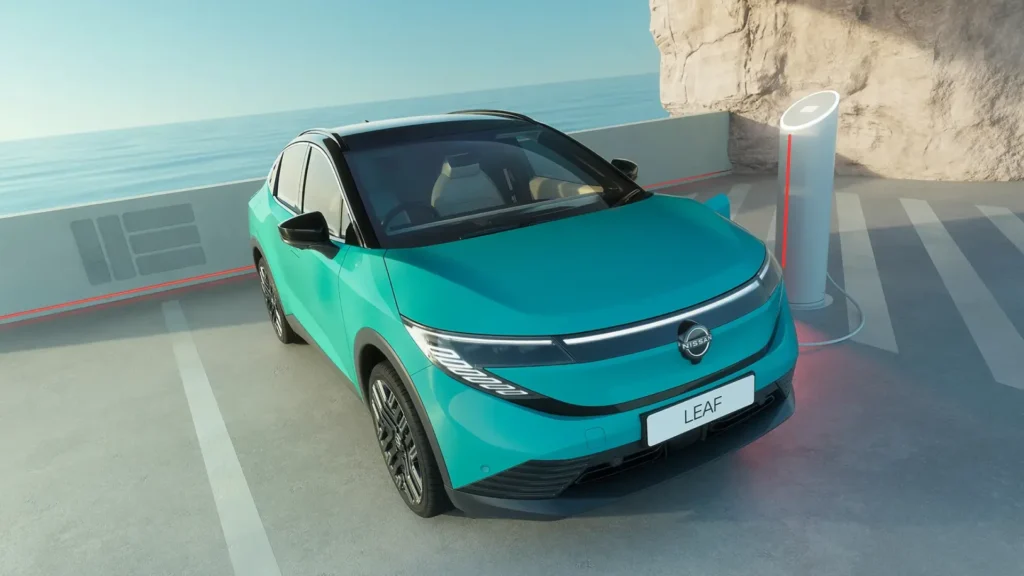
The switch to CCS enables 150 kW peak DC rates, trimming a 10–80 % top‑up to around 25 minutes. Nissan’s battery pre‑conditioning is now linked to live Google Maps routing, warming or cooling the cells as the car approaches a charger for optimal speed.
Sleeker, taller, slipperier
Crossover stance
The 2026 Nissan Leaf is just 10 mm taller yet slightly shorter in length, but wider than the outgoing version. There is no stated ground clearance, but it should be better than the hatchback Leaf’s 155mm.

Aerodynamics
Managing aerodynamic elements for EVs is critical to minimise drag in the interest of energy efficiencies and range. The 2026 Leaf features an active front air shutter, almost flat under‑tray, aero-tuned wheels, flush door handles for a 0.25 Cd drag figure in European specification.
Highway‑speed range
Nissan says the 75 kWh Leaf can cover 330 km at 130 km/h, with a 25 km buffer to find a charger.
Interior: Nissan Ariya inspiration and Google brain
Inside, the 2026 Nissan Leaf mirrors the minimalism of the Nissan Ariya electric SUV:

- Twin 14.3‑inch curved displays—one for instruments, one for infotainment—run Google Automotive OS with built‑in Maps, Assistant and Play Store.
- Physical controls survive for volume, climate and the two‑spoke steering wheel.
- Optional Bose stereo places a speaker in the driver’s head‑rest for private nav prompts and calls.
- Electrochromic panoramic roof darkens in segments, cutting heat load and freeing headroom.
Rear passengers gain 80 mm of leg‑room and 30 mm extra headspace over the previous Leaf; boot capacity grows to 427 litres with an adjustable floor.
When and how much?
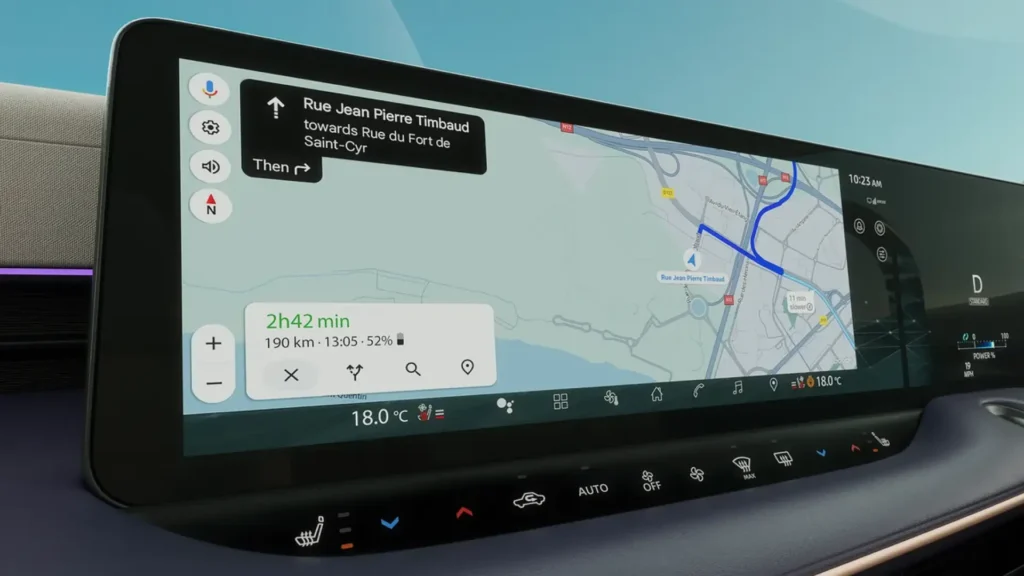
Australian sales for the all-new Nissan Leaf begin late 2026. Nissan is yet to set prices but warns the SUV‑styled Leaf will sit above the outgoing hatch, which is fair for the upgraded specifications throughout. The brand says it is working on ownership packages to tempt 700,000 global Nissan Leaf loyalists to upgrade.
Outlook
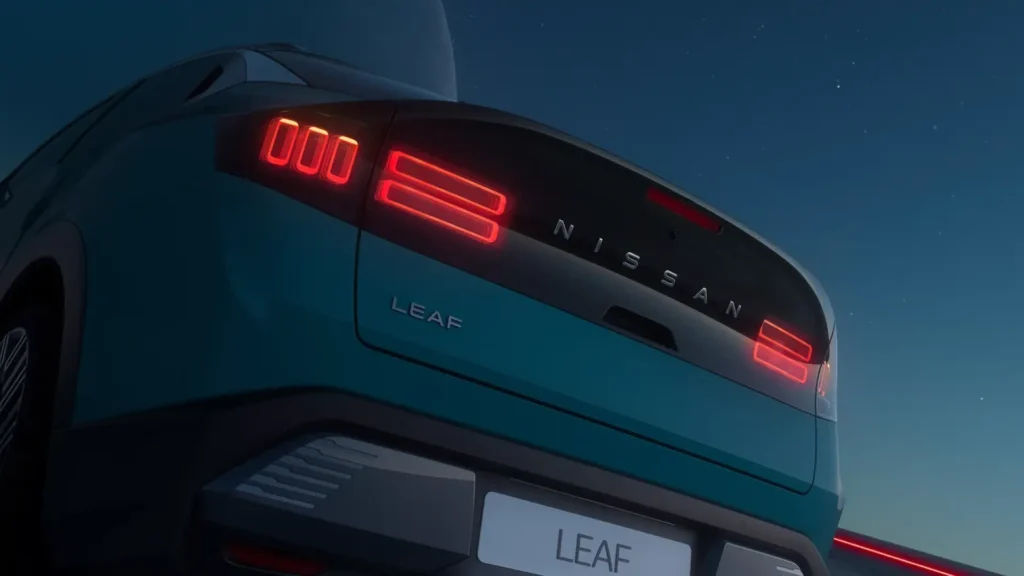
By doubling its real‑world range, adopting faster CCS charging and wrapping the tech in an SUV body, the 2026 Leaf targets mainstream family buyers rather than early adopters. If Nissan hits the right price, the original mass‑market EV nameplate could become a compelling petrol‑SUV alternative once again.
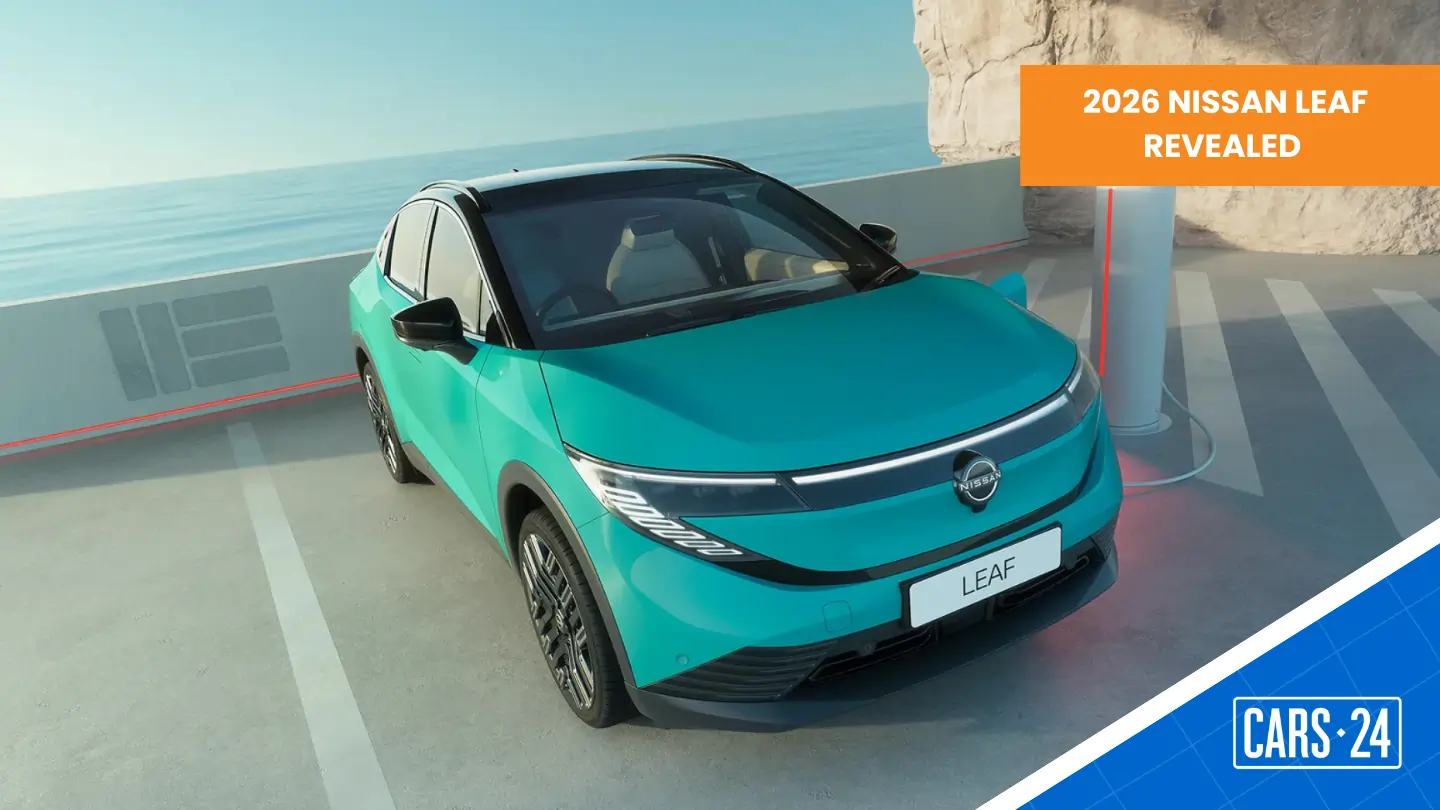
Comments
New Comment